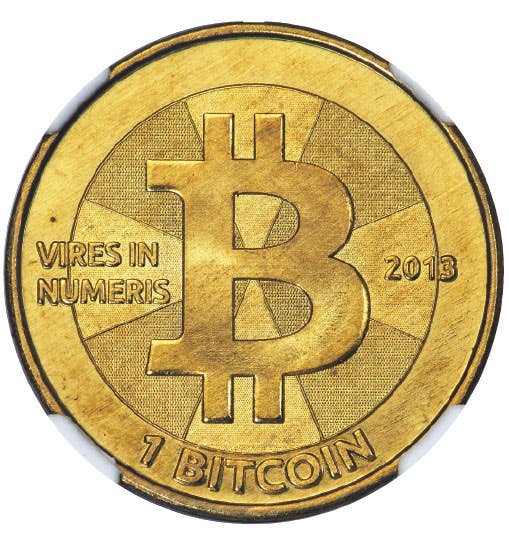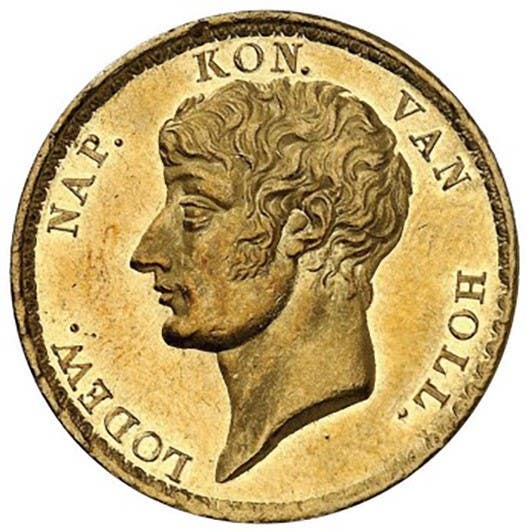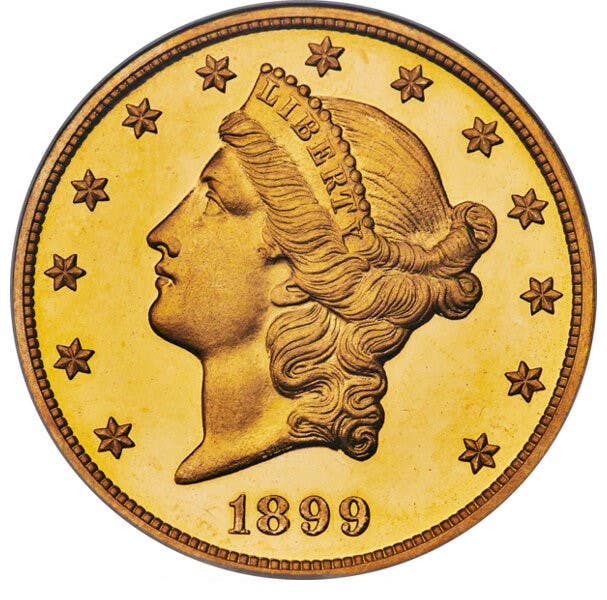Grading incuse Indians a challenge
In this column, I’ll try a new approach to explain how you can evaluate the amount of wear found on one of the difficult coin series to grade – the incuse Indians of the early 20th century. If you find this teaching method helpful, write to me and I’ll use it for other coin series.
In this column, I’ll try a new approach to explain how you can evaluate the amount of wear found on one of the difficult coin series to grade – the incuse Indians of the early 20th century. If you find this teaching method helpful, write to me and I’ll use it for other coin series.
If you wish to add a coin of this type to your collection, it is best to avoid raw coins and seek a coin certified by a major grading service. Gem coins with no trace of wear are scarce; and totally original coins are uncommon. Incidentally, with the establishment of the Numismatic Guaranty Corp. and Professional Coin Grading Service, it seemed like truly uncirculated coins of this type came out of hiding. Countless Indians have been buffed, polished, or removed from jewelry; yet many still look presentable due to their sunken design. Additionally, large numbers have been brushed and hairlined due to improper cleaning. When incuse Indians are lightly buffed or chemically altered by professional coin doctors, they become dangerously deceptive and may pass as MS-63 or MS-64 as long as they are free from detracting marks.
Since gold is soft and large numbers of these coins exhibit a slight trace of wear, incuse Indians are graded liberally. Most coins once considered about uncirculated in the past can now be found graded MS-62 and occasionally MS-63 depending on overall eye appeal. Another peculiarity I have observed while grading this series is that the obverse surface (excluding marks and rub) is generally better preserved – with more original luster and fewer hairlines than the reverse. It is not unusual to pick up a $2.50 Indian with nice eye appeal only to find that the reverse has continuous hairlines. Are they easier to see on the reverse due to a larger flat surface area or are these coins improperly stored face up more often than not? You may also wish to avoid Indians with black dirt on their surfaces. While it may indicate originality, the dirt usually hides friction wear.
I have illustrated a crude outline drawing of the Indian design in Figure 1 on the opposite page. On it I have placed numbered patches to indicate areas to examine for loss of original mint luster due to friction wear. We cannot be concerned with how the luster was lost as rub from a coin cabinet, pocket, or hand to hand circulation will produce a similar result – a dull surface. Due to limits of space for this exercise, we will not consider surface scratches, bagmarks, or impact damage. Any of these marks will decrease the coin’s numeric grade depending on their size, number, severity and location. I’ll refer readers to James Halperin’s N.C.I Grading Guide to locate the prime focal points of this design. Since I have excluded contact marks from this exercise, a photo with no patches would indicate a coin with full mint luster and no trace of friction wear. I’ll call this a “zero” coin. THEY DO EXIST. I’ve graded them but they are rarely encountered except in the higher gem grades.
Let’s get started. Each patch signifies a specific area to look for rub. I have numbered them from “1” to “5.” Obviously, the lower the total number and the fewer patches you find the closer the coin is to “true” uncirculated condition. Loss of original luster in area No. 1 and No. 2 of the obverse (a “3” coin) is seen on a majority of coins. The tip of the eagle’s shoulder on the reverse will usually be rubbed on these coins. By today’s grading practice these coins are still slabbed as uncirculated. Coins with added loss of original luster on patch No. 3 (Now a total “6” coin: 1+2+3=6) can be found slabbed as high as MS-63.
As we add area No. 4 to the others (total “10”), we reach a borderline. Some are graded about uncirculated; yet many coins with this amount of rub will still be graded MS-61 or even MS-62 depending on the other factors – marks, eye appeal, etc., that govern Mint State coins. Although I personally would not wish to purchase a coin with so much rub, many are traded commercially as uncirculated. Even Indians (especially the $5 value) showing wear on Patch No. 5 next to the date can be found graded uncirculated. Let’s look at two actual coins in the micrographs. Both are graded MS-62 by major grading services. The coin in Figure No. 2 is uncirculated (a zero) while the coin in Figure No. 3 has a wear value of 6+.
Remember, coin doctors can hide much of the rub on these coins using chemicals. Avoid slabbed coins with the bluish cast I mentioned in a previous article. Indians are also found lightly buffed so as to leave a reflective surface with uniform color. These treatments cannot capture the look of original mint luster to a trained eye. When viewed using fluorescent lighting, the patches of wear I have illustrated will be easier to see. Give it a try.
Taking a strict look at the coins you purchase will pay rewards in the long run as you can see there is room to “wiggle” within each grade.
More Coin Collecting Resources:
• Subscribe to our Coin Price Guide, buy Coin Books & Coin Folders and join the NumisMaster VIP Program









